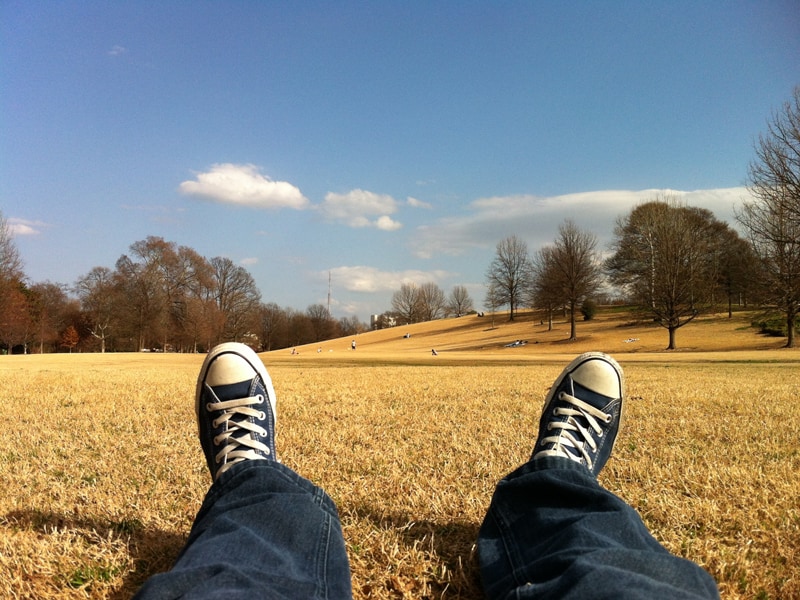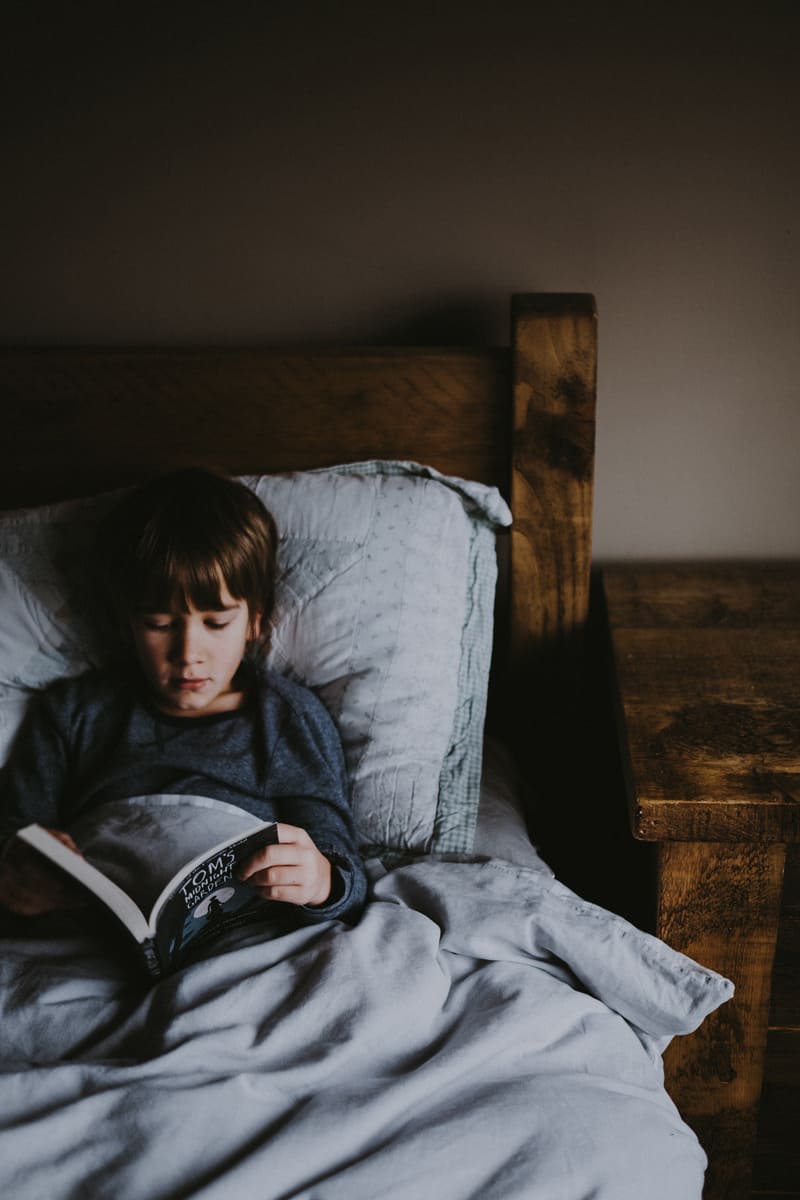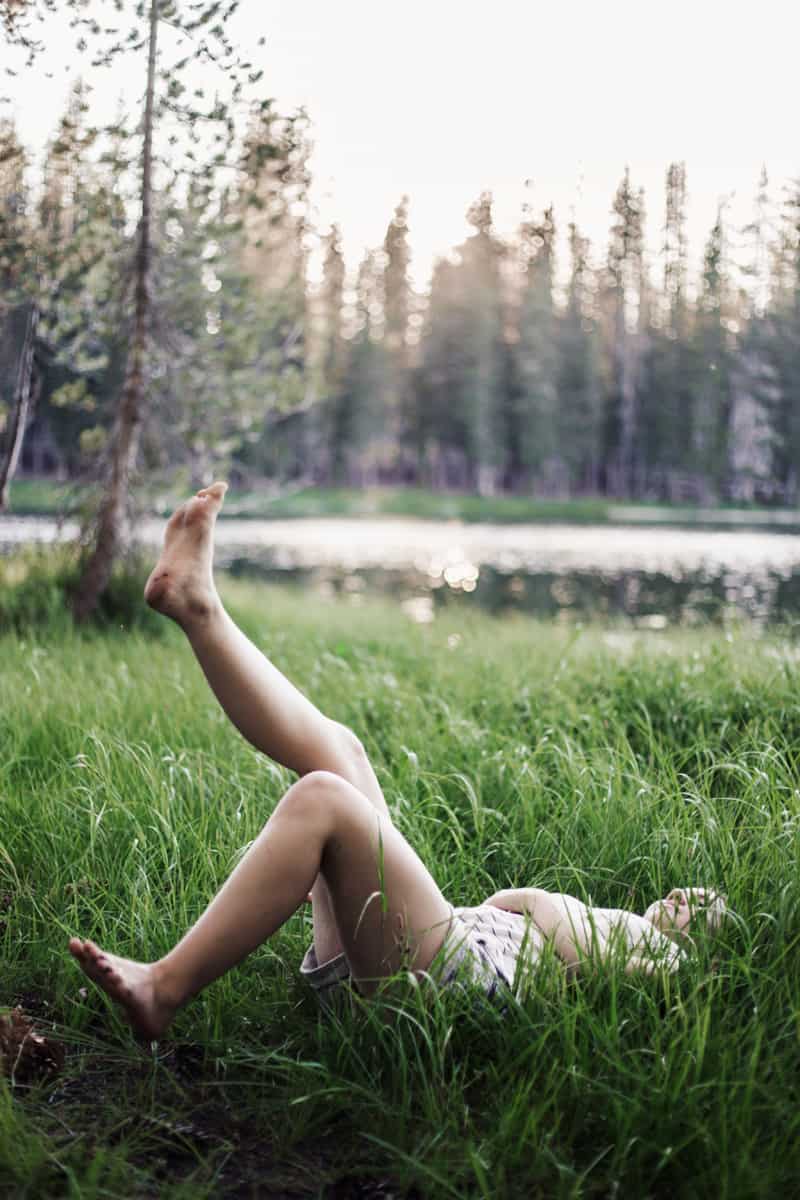It’s the holidays and you’re too busy with work / too broke in general to plan a getaway for the kids. You’re also hoping they’ll slow down and do nothing, as every time they step foot out the front door it costs you $170. Or is that just us?
This is how to get your kids excited about a holiday-at-home situation.
Plenty to do at home
Here are a couple of great lists of things to do to help a kid out at home:
- 125 (not even remotely boring) things for tweens to do at home
- 100+ engaging, non-cringe things for teens to do at home
We also provided some structure for holidays at home here:
So, there are plenty of options there to help you help your kid structure their time and make the most of the holidays. However different ‘holidays’ look right now.

But how about we stop doing for a while?
There’s another important step to all of these, though. It’s not just about filling up our kids days up with stuff to do at home because they can’t go somewhere else. This is actually a really great opportunity to teach them how to slow down and do nothing much at all.
Our society is all about being productive and packing as much into life as possible. However, being able to sit quietly with yourself is actually a critical life skill.
‘All men’s miseries derive from not being able to sit in a quiet room alone.’ – Blaise
Being – and loving being – alone is not something that we naturally feel comfortable with. In fact, a study by Science found that some people would rather give themselves electric shocks rather than sit alone with their thoughts for just 15 minutes.
According to Brooke McAlary this is hardly surprising. As she writes in her new book Care, “many of us have a tortured relationship with , given its connotations of laziness, luxury, guilt and privilege.”
She goes on to say, “We all know that hustlers prosper while slackers lag, and when you combine this with the age-old idioms that tell us we should Never put off until tomorrow what we can do today… we understandably cram life full of relentless activity and consumption, trying to stave off that nothingness, trying to keep the boredom at bay, trying to prove our worth.”
Eek, she is so right, and this relentlessness is certainly not a legacy we want to pass on to our children, is it?
Read more about Brooke’s work here: The importance of nourishing self-care for mums of older kids
Some ideas for slowing down
So, just how can we slow down and do nothing when we are so used to trying to do everything? And, importantly, how can we support our kids to do the same?
These are the things I do, that I hope might benefit you and your kids, too. Each of these suggestions will help them learn to take time out and just be in the moment. You’ll notice that none of these ideas involve a screen, which is kind of the point.

Practise meditation
It doesn’t have to be complicated, and it doesn’t have to involve an app (although apps are good!). The steps to get started are very simple:
- Commit to being still for a certain time frame – even one or two minute is a good starting point
- Be seated, standing or lying down, but make sure you are comfortable
- Notice your breath, follow the sensation of breathing in and out
- Notice your body, gently observe where your body is in space, where it touches the earth, where it feels good and where it doesn’t
- Let your mind wander freely, don’t dwell on our thoughts, simply pull them back to your breath and body if they really start to stray
- When your time is up, open your eyes and quietly come back to the environment around you.
That’s all you have to do.
More on meditation: Why mindfulness for kids is more than just a buzzword
Schedule your time
Ironically, the easiest way to do less is to schedule more. Arrange your day in blocks of time that includes time for all the things you like to do. So, blocks for screen time, eating, hobbies and exercise. Make one of your blocks a ‘do nothing’ block of time. Start with 10 minutes and try to increase the time you spend contemplating life as the week goes by.
By blocking out your time in this way, you are giving ‘nothing time’ the attention it deserves. You are reminding yourself that it’s something you want to cultivate. And you’re giving yourself regular breaks from all the activity you are scheduling.
Create rituals
Another important aspect of scheduling time is creating rituals. These are times throughout your day that you will try to be particularly mindful of. It might be that you take care over setting a table for breakfast, considering all five senses to make your daily meal special. Here are a few more mindful rituals that help you slow down and do nothing much:
- Head out for a 30 minute walk without music or your phone each morning
- Slowly sip a glass of water every day at 11am
- Stop and listen to a piece of music each afternoon
- Sit in the garden and watch the birds in the evening
- Write out your thoughts on the day and plans for tomorrow each night before bed
Look up
Cloud gazing has long been a thing because it allows for easy meditation. Lie down on your back and send your gaze up. Let your thoughts drift along with the clouds and if you find yourself dwelling too long, move your gaze to a different cloud.
It’s actually amazing how grounding cloud gazing can be.

Take a bush bath
Shouldn’t forest bathing be a bush bath in Australia? It doesn’t quite have the same ring to it, and yet…
Forest bathing or shinrin-yoku is a national pastime in Japan that is believed to promote wellbeing. It’s basically the equivalent of an especially mindful bushwalk.
Switch off your devices, breathe deeply, and be observant of what you can see, feel, smell and hear as you walk slowly through the bush. Take some time to pause and rest, sitting quietly with your shoes off by a trickling creek or under the boughs of a rustling tree. It’s recommended you stay in the forest for around two hours, but you can start with a smaller timeframe and see how you go.
Enjoy quiet activities
Sometimes doing nothing feels impossible, but quiet pursuits can be just as beneficial. Many kids have lost the art of doing something quietly. Their phones take over their quiet time. So, this is definitely time to put the devices away and see what else you enjoy.
Plenty of kids love things like gardening, reading, baking, puzzles, needlework, drawing, painting and collecting.
If that all feels a bit too creative for you, try doing things that are physical, but still quiet. Try something like yoga, Pilates, swimming laps, tai chi, stretching and slow dancing.
More ideas for things to do at home:
- 6 card games kids love just as much as screens
- 10 activities for older kids instead of screens (and moaning about being bored)
- 33 work from home mum hacks for when the kids are around
Feature image by Kelly McCrimmon; converses by Ilham Rahmansyah; boy reading book by Annie Spratt; legs in the grass by Japheth Mast

